
views
Managing the Compulsion
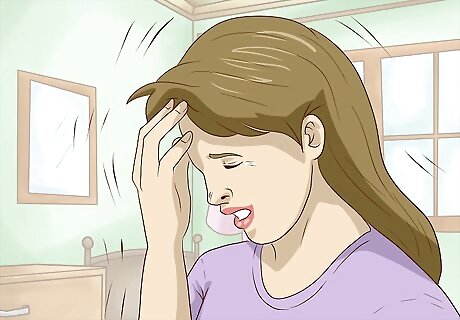
Determine if your picking is truly a compulsive behavior. Excoriation disorder, where you feel the urge to constantly pick at your skin, as a form of obsessive-compulsive disorder. Compulsive skin picking is more than just a strong urge to pick at your skin. It can include recurrent picking that leads to open wounds, lesions, or other medical distress, and an urge so great that you can't stop your picking even if you make a concerted effort. Excoriation disorder is a compulsive urge that is not caused by illicit substances or medications. If something you're taking is causing your compulsion, look into adjusting that before seeking treatment for skin picking. Skin picking may also be a side-effect of other mental health problems. If you have another mental or psychiatric problem, talk to your doctor or therapist to see if that may relate to your skin picking, or if it is a true compulsion on its own.
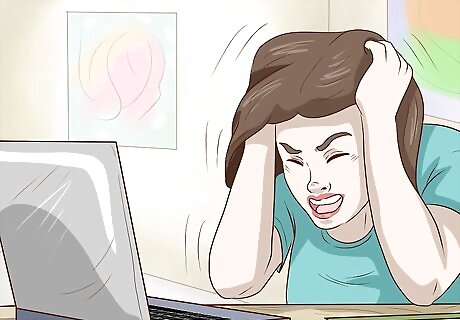
Identify stressors that trigger scalp picking. Pay attention to anxious thoughts or stressful situations that might lead to urges to pick your scalp. Try to notice if the urges occur more at specific places or times of the day. While you can’t avoid all triggers, being aware of them can help you manage urges to pick your scalp. If you get stressed at work or school, for example, you can’t just quit your job or stop going to school to avoid the trigger. However, you can develop strategies to manage urges, such as breathing exercises and distracting activities. For many people, urges to pick their skin or scalp occur more often at night and when they feel stressed or anxious.
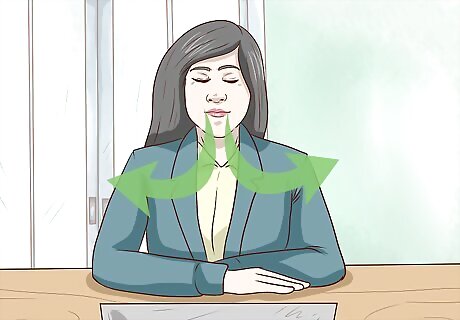
Breathe deeply and think positive thoughts to resist urges. When you feel stressed or notice that you’ve been unconsciously picking, close your eyes and relax. Inhale deeply and fill your belly up with air. Count to 4 as you inhale, hold your breath for a 7 count, then count to 8 as you exhale slowly. As you breathe, imagine yourself in a calm, comfortable setting. Think positive affirmations, such as, “Everything is okay. These anxious feelings will pass. I have the power to resist the urge to pick my skin.”
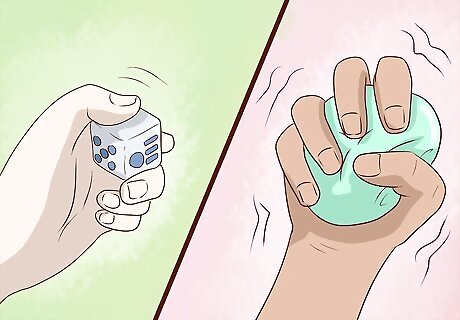
Squeeze a stress ball or play with a fidget toy. Keep your hands busy until the urge to pick your scalp passes. Try playing with objects, such as stress balls, silly putty, or a fidget toy. Figure out which objects provide sensory distraction and satisfy your urges to pick. Touching a doll’s hair and head could also help. Try a variety of objects, and see what works best for you.
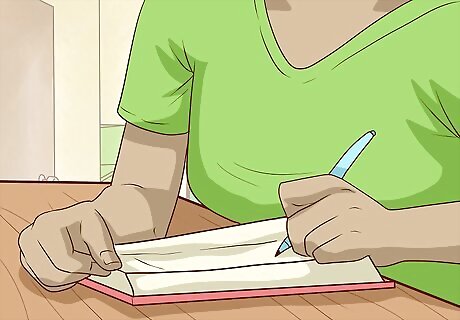
Keep a motivation journal to track your progress. When you overcome an urge or go a day without pick your scalp, write an entry in your journal. Try adding a sticker to your journal entries to celebrate small successes. When resisting the urge to pick feels impossible, read entries about your past success. Reminding yourself that you’ve handled the challenge before can help you stay on track. You can also use a habit awareness app or device to help interrupt picking behaviors.
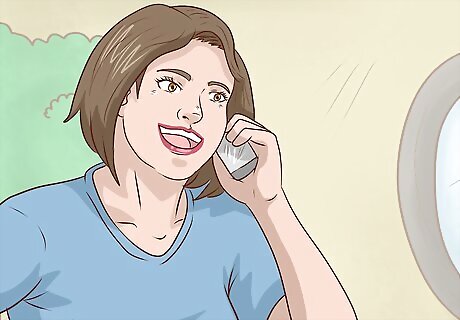
Call a friend to distract yourself when you feel the urge to pick. If you’re in a stressful situation or experience anxious thoughts, vent to a friend or relative. Even if you’re not anxious about a specific stressor, reach out to a loved one for a distracting chat when you feel like picking. Venting about your stress can provide an outlet for the underlying cause of your urges to pick. A friendly conversation can keep your mind off of the urge in the moment.
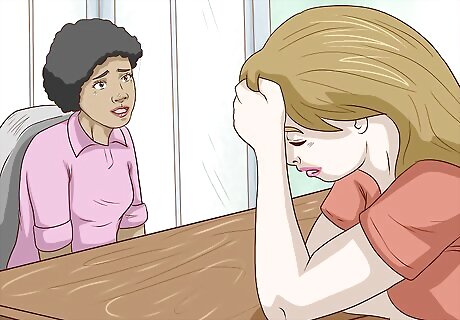
See a therapist if you have trouble resisting urges on your own. Cognitive behavioral therapy and other forms of talk therapy are effective treatments for compulsive skin picking. A mental health professional who specializes in body-focused repetitive behaviors can help you recognize and address the thought patterns that lead to compulsive behaviors. If necessary, they can also recommend an anti-anxiety or antidepressant medication. Try not to be afraid or ashamed of seeing a mental health professional. There’s no difference between maintaining your physical health and mental well-being. Additionally, trust in your therapist, follow their advice, and do the “homework” they assign, such as affirmations and behavioral exercises. Your therapist is there to help you, so do your best to keep a positive mindset.
Managing Itchiness
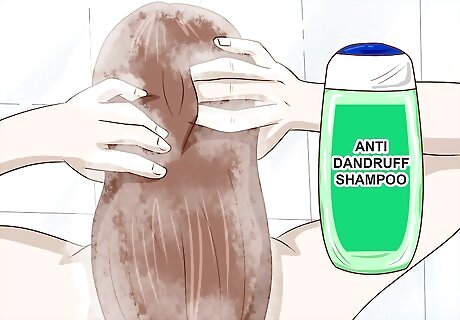
Purchase an over-the-counter dandruff shampoo. Shop for dandruff shampoos at your local pharmacy or supermarket hygiene aisle. Look for products that contain salicylic acid, coal tar, zinc, resorcin, ketoconazole, or selenium sulfide. Read your product’s label carefully, and use it as directed. For some products, you’ll simply lather and rinse. Others might recommend letting the shampoo sit in your hair for 5 minutes.
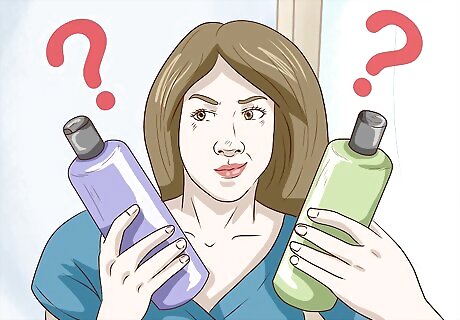
Try a different active ingredient if a shampoo isn’t effective. If, after 3 or 4 weeks, the first product you try doesn’t offer results, switch to one with a different active ingredient. For example, if a shampoo with the active ingredient salicylic acid didn’t work, try one with pyrithione zinc. Additionally, if a shampoo makes your hair and scalp feel dry, try a different product. Salicylic acid, for instance, tends to dry out the scalp, so a 2-in-1 shampoo/conditioner with pyrithione zinc might be a better option. Be careful with shampoos that contain coal tar and selenium sulfide, which can discolor blonde, gray, or dyed hair. While more expensive, ketoconazole shampoos are stronger and might offer results if others aren’t effective.
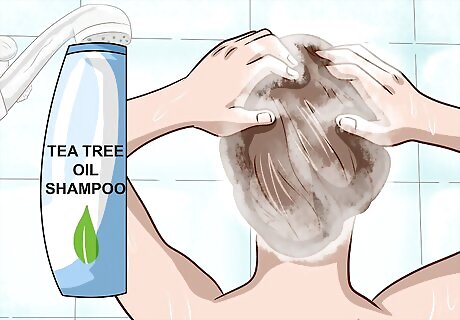
Use a natural remedy if you don’t want to use chemical shampoos. Tea tree oil might be an effective home treatment for dandruff. You can find store-bought natural shampoos that contain tea tree oil, or mix 1 drop of it with 1 fl oz (30 mL) Castile soap. If your hair and scalp are dry, you could also try massaging coconut oil into your scalp. Let it sit for 5 or 10 minutes, then rinse your hair thoroughly. Spritzing your hair with a mixture of 1 part water and 1 part apple cider vinegar might also do the trick. Spritz, let it sit for 5 or 10 minutes, then rinse your hair.
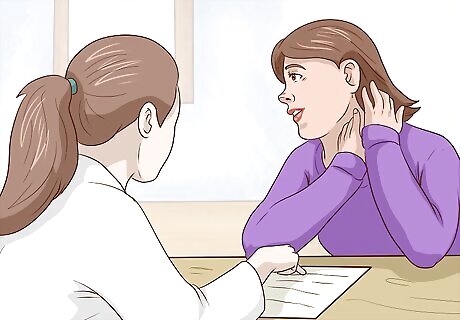
Consult a doctor if your symptoms are serious or persistent. If you’ve noticed scaly patches, yellow crusting, or inflamed red areas, your scalp condition might need medical treatment. See your doctor if you experience these symptoms, or if flaking and itching persist despite your home treatment attempts. Your primary doctor or dermatologist might recommend a prescription-strength dandruff shampoo. Or, if necessary, they can diagnose and address another medical condition, such as cosmetic allergies, psoriasis, or ringworm.
Identifying Other Causes
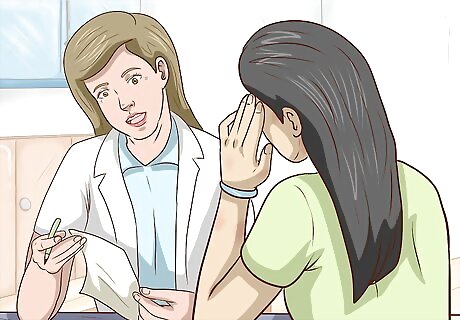
See a dermatologist if you think you have psoriasis. Psoriasis can cause itchiness and flakes, and is easy to confuse with dandruff. Dandruff flakes tend to have a yellowish-white tint, while flakes associated with psoriasis are silvery-white. In cases of psoriasis, plaques, or red, inflamed patches of dry scale, develop on the scalp, neck, and behind the ears. To make an accurate diagnosis, a dermatologist will perform a physical exam. They might also take a small skin sample and send it to a lab for testing. Psoriasis is treated with medicated shampoos and corticosteroid ointments. Severe cases may require an oral anti-psoriatic medication. Your dermatologist will come up with the right treatment plan for your specific condition.
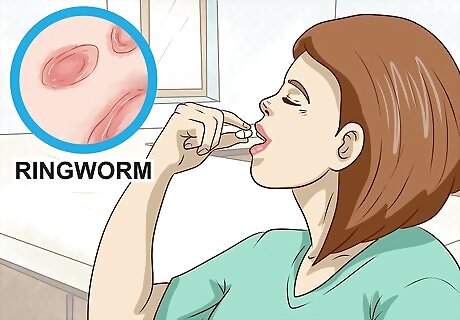
Manage ringworm with oral medication and medicated shampoo. Signs of ringworm include itchiness, round, red patches of irritated skin, and round or oval areas of hair loss. See your doctor for an accurate diagnosis, and treat ringworm with an oral antifungal medication and antifungal shampoo. When you start treatment, machine wash towels, bedding, and clothing, and dry them on your dryer’s hottest setting. Ringworm is spread through direct contact with infected skin or contaminated items, such as clothes, combs, hats, or bedding. Soak your combs and brushes for 1 hour each day in a solution of 1 part bleach and 10 parts water for the first 3 days of treatment. While treating ringworm, don’t share any hygiene products, hats, pillowcases, or anything that touches your head.
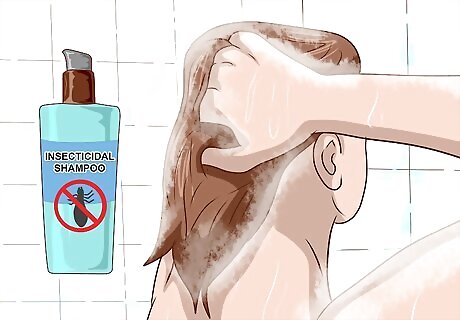
Apply an insecticidal shampoo for head lice, if necessary. If your itchy scalp isn’t due to dandruff, psoriasis, or ringworm, head lice might be to blame. Lice are tiny, brown insects that lay white eggs. To treat head lice, apply an over-the-counter shampoo that contains permethrin, and remove insects and eggs with a fine comb. As with ringworm, machine wash and dry towels, bedding, and clothing during treatment. Avoid sharing hats, helmets, pillows, and other items that touch your head. For persistent cases, you might need a prescription-strength insecticidal shampoo.
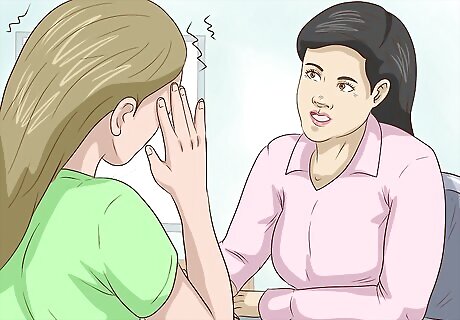
Ask your doctor about medications for itching caused by nerve damage. Conditions such as diabetes and kidney disease can cause neuropathic itching, or itchiness due to nerve damage. It could be to blame if you find yourself picking your itchy scalp, but don’t have signs of a skin condition. See your primary doctor for an accurate diagnosis, and discuss medications that could offer relief. Oral or topical corticosteroids and nerve blockers could provide relief. Possible side effects vary, but may include fatigue, drowsiness, weight gain, and weakened immune system. Take any medication according to your doctor's instructions. Consult your doctor before you stop taking a prescription medication.


















Comments
0 comment